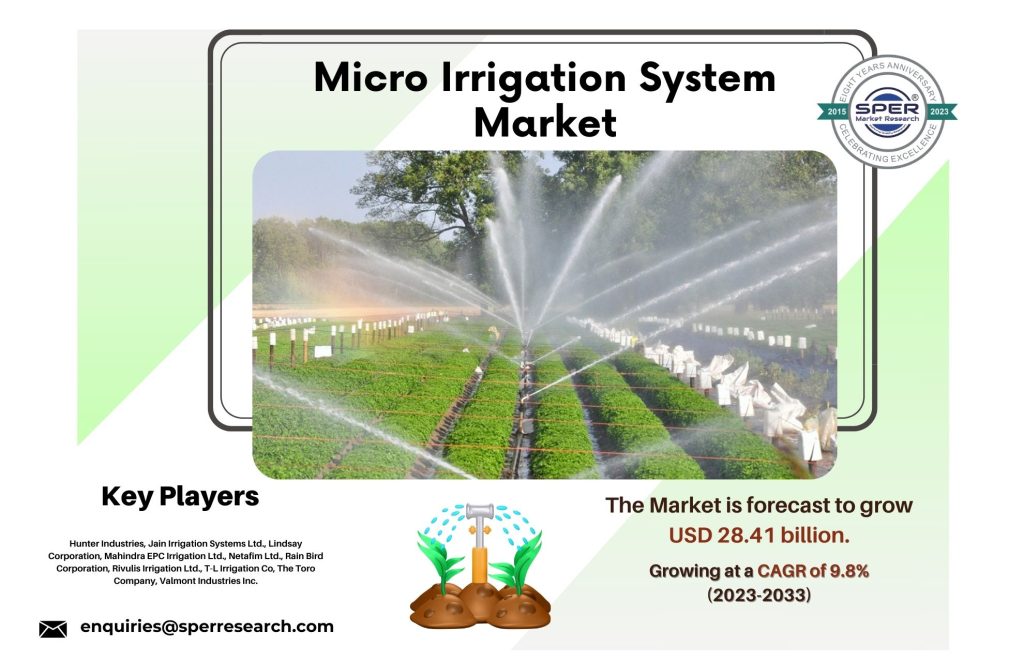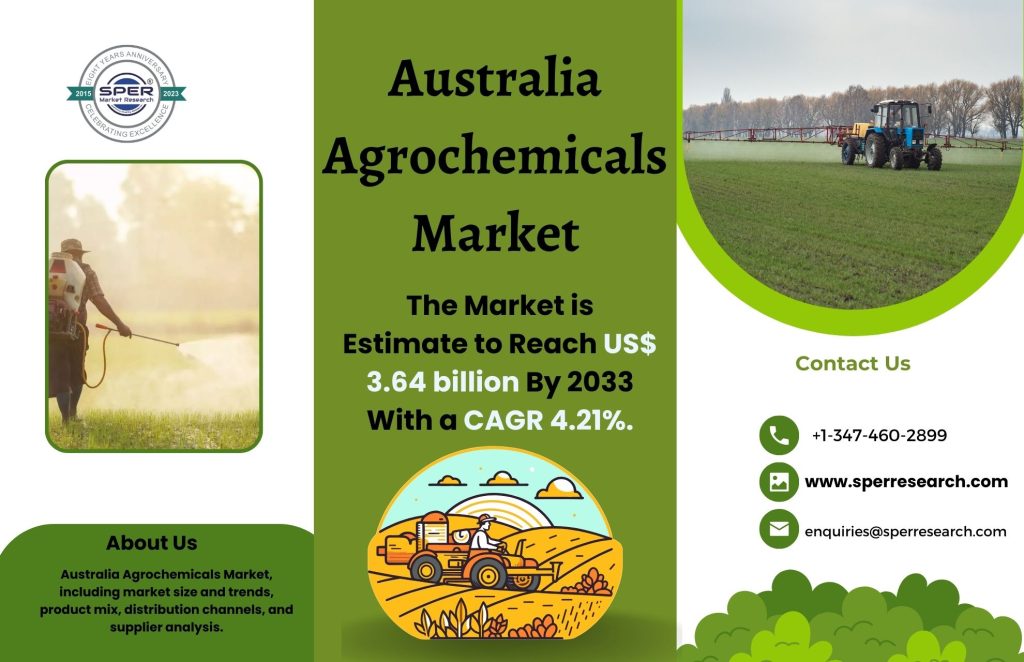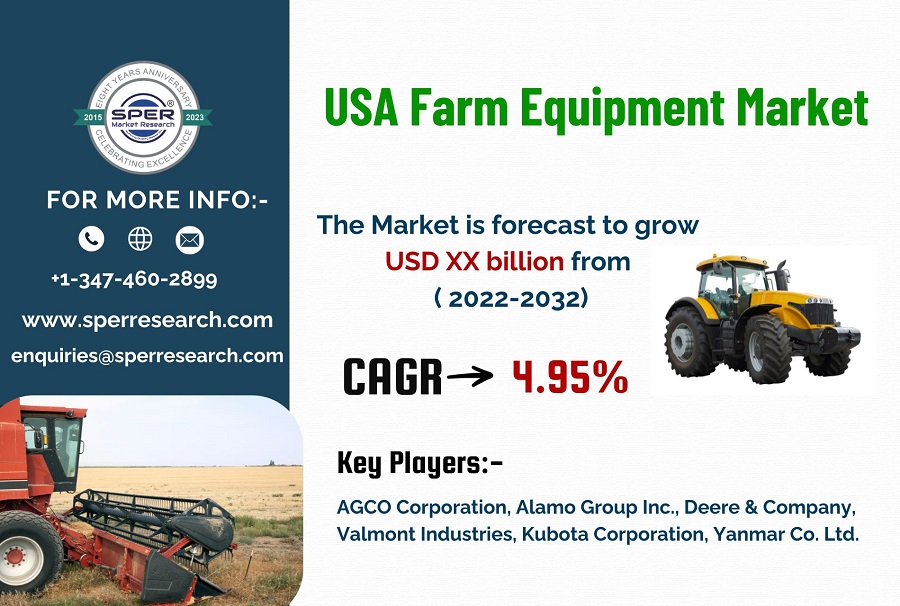Farmers can increase the quantity and quality of their crops at a reasonable cost by using crop protection agents. Additionally, they sustain steady harvests from year to year and simplify the harvesting process. Herbicides, insecticides, and fungicides are the three primary categories of crop protection agents. For example, selective herbicides suppress the growth of weeds that would otherwise coexist with crops and compete with them for sunlight, nutrients, and water. The region’s expanding population and resulting increasing need for food crops drove the usage of pesticides to boost agricultural output.
According to SPER market research, ‘ Asia-Pacific Crop Protection Chemicals Market Size – By Type, By Origin, By Application – Regional Outlook, Competitive Strategies and Segment Forecast to 2033’ state that the Asia-Pacific Crop Protection Chemicals Market is predicted to reach USD 27.67 billion by 2033 with CAGR of 5.6%.
The region’s emerging bio pesticide market has received the much-needed boost from the growing demand for safe and wholesome food as well as the growing awareness of the harmful consequences of employing excessive amounts of synthetic crop protection chemicals on human health. To phase out the use of synthetic pesticides, China decreased the expenses associated with registration, the testing that had to be done on bio pesticides, and the time needed to register the bio pesticides. The expansion of organic farming in major agriculture over the past ten years. Through encouraging international collaboration and the exchange of agricultural technology resources, the platform can lessen reliance on chemicals and encourage the use of sustainable and ecologically friendly bio pesticides and fertilizers.
It can be difficult for producers and distributors of crop protection products to comply with the many and changing regulatory regimes throughout the Asia-Pacific area. It might take time and money to ensure that a product is approved and meets all the regulatory requirements. One major worry is the emergence of insect and disease resistance to widely used pesticides. Concerns over the usage of some crop protection agents are brought up by growing knowledge and demand of environmental sustainability and the effects of agricultural operations on ecosystems. The frequency and spread of illnesses and pests can be impacted by modifications to temperature and precipitation patterns in the climate. It is difficult to modify crop protection tactics in response to shifting climatic circumstances.
Request For Free Sample Report @ https://www.sperresearch.com/report-store/asia-pacific-crop-protection-chemicals-market.aspx?sample=1
Covid-19 pandemic has both negative and positive impact on the industry. Crop protection is still greatly influenced by climatic conditions and environmental factors that determine the incidence of pests and diseases. The Covid-19 epidemic affected environmental monitoring and management practices. That the epidemic has sped up the adoption of technology in agriculture, particularly the use of online marketplaces to order and deliver crop protection supplies. The demand for agricultural products in the market has been severely impacted by the pandemic’s economic effects. Due to shifting commodity prices, supply chain interruptions, and market uncertainty, farmers experienced financial difficulties. Their capacity to fund crop protection measures was hindered by this. Export/import regulations, shifts in consumer behaviour, and unstable economic conditions were all the consequences of pandemic.
India is the nation with the greatest number of organic farmers, whereas Australia is the largest nation in terms of organic agriculture. In an effort to support sustainable agriculture in the area, the Asia-Pacific Bio pesticides and Bio fertilizers Information Platform was established. Additionally, some of the market key players are Bayer Crop Science AG, UPL Limited, Syngenta Crop Protection AG, FMC Corporation, BASF SE, Adama Ltd, Sumitomo Chemical Co., Ltd., KUMIAI CHEMICAL INDUSTRY CO., LTD., Nufarm Limited, Shandong Weifang Rainbow Chemical Co. Ltd and various others.
Asia-Pacific Agrochemicals Market Key Segments Covered
The SPER Market Research report seeks to give market dynamics, demand, and supply forecasts for the years up to 2033. This report contains statistics on product type segment growth estimates and forecasts.
By Type: Based on the Type, Asia-Pacific Crop Protection Chemicals Market is segmented as; Fungicide, Herbicide, Insecticide, Other Types.
By Origin: Based on the Origin, Asia-Pacific Crop Protection Chemicals Market is segmented as; Bio-based, Synthetic.
By Application: Based on the Application, Asia-Pacific Crop Protection Chemicals Market is segmented as; Commercial Crops, Fruits and Vegetables, Grains and Cereals, Pulses and Oilseeds, Other Applications
By Region: This research also includes data for Australia, China, India, Japan, Rest of Asia-Pacific.
For More Information, refer to below link:-
Asia-Pacific Agrochemicals Market Outlook
Related Reports:
Follow Us –
LinkedIn | Instagram | Facebook | Twitter
Contact Us:
Sara Lopes, Business Consultant – USA
SPER Market Research
+1–347–460–2899









